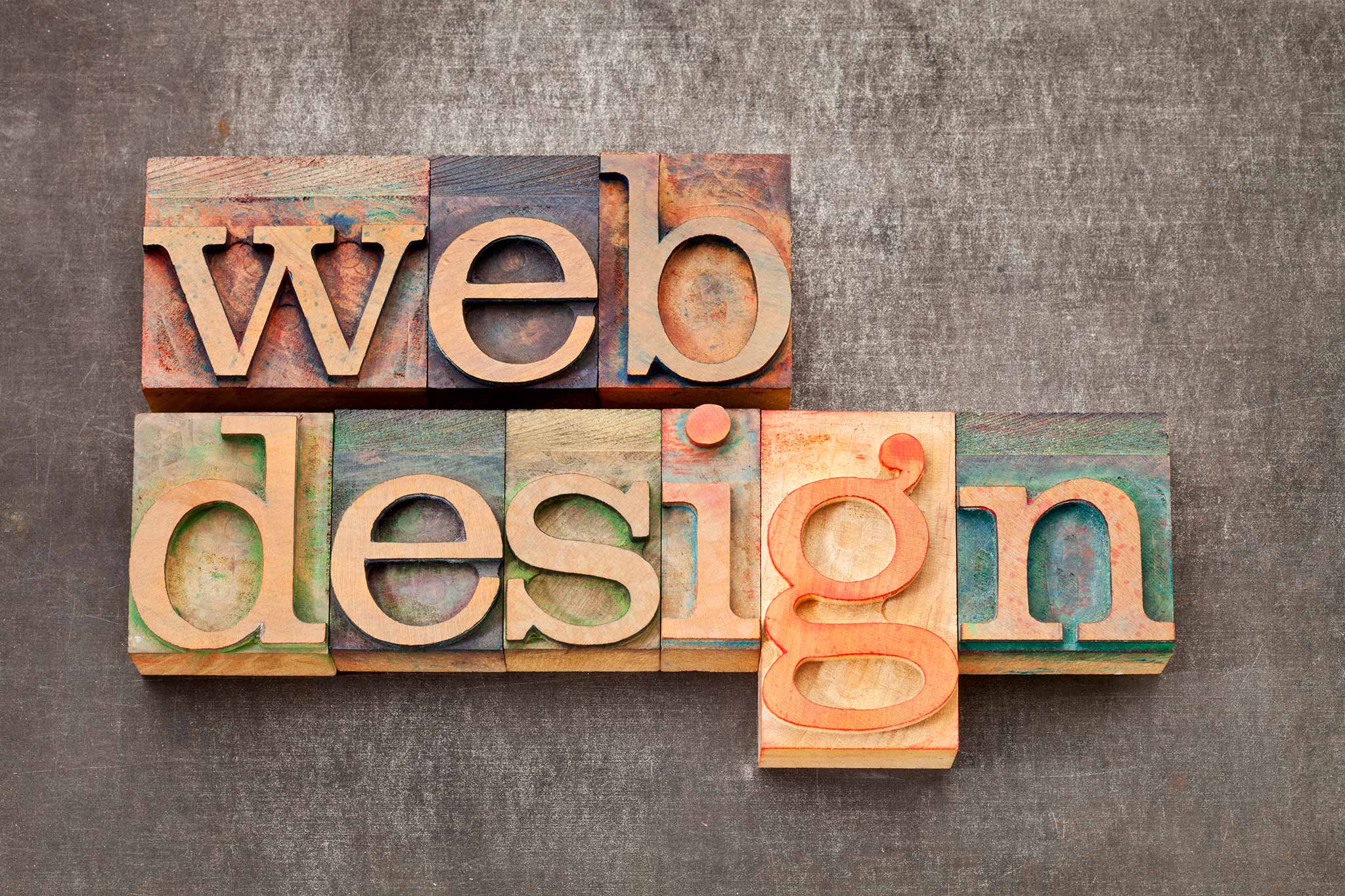Designers all over the world tend to have a very similar style. Everybody goes for shapes with text over them, but in most cases, it’s reminiscent of an old-school style, or some kind of aesthetically pleasing visuals.
Although it’s true that seeing shapes is a lot more interactive for the visitors of the website, we need to consider very important things such as the design of the letters that we write on those shapes. Latin is one of the easiest words to insert, but in most cases, designers have to use a pre-made font or create their own version. This takes quite a lot of time and effort, thus costing the web owner a significant amount of money.
Fortunately, a new trend is starting to appear on the web where designers have begun incorporating letters of the alphabet from several cultures. Naturally, not every culture a designer-friendly default font so to say, but there are some countries that predominantly focus on curves and slick layouts.
In this article, I’d like to showcase three languages that have extremely aesthetic alphabets that are absolutely essential for adding that extra touch to your website’s authenticity. Some of the letters are so unique that they can even be used as letters. Let’s take a look together.
The Georgian Alphabet
The Georgian language is pretty ancient, but it has a couple of different varieties. The modern version that people write in is called “Mkhedruli” while the older versions are reserved in religious books and various other historical records.
The language itself has a very distinct emphasis on curves, not necessarily as strongly as Arabic does, but it’s still very easy to notice.
The main idea behind using this language is that it has shapes that are very difficult to find in other languages, and is sometimes even hard to perceive as a letter of the alphabet. For example. If somebody were to use the letter “L”, which is written like “ლ” in Georgian, it could potentially be perceived as something of a design feature rather than something that makes a sound.
There have been multiple cases where the Georgian alphabet was used in conjunction with a theme that a particular letter correlates with. In fact, there’s a very informative video you can see on YouTube that displays and showcases almost every letter and its correlation with a specific item.
Georgian websites themselves often use their alphabet as a design feature which is in correlation with the brand name and it mostly works out quite well. You can check here how exactly a Georgian sentence is structured on an actual website and how it looks when it’s already deployed.
Oh, and before we move on to the next language, the best Georgian letters to use for designing are “ლ”, “ჟ” and “ბ” which are letters for “L”, “J” and “B” respectively.
The Hindi Alphabet
The Hindi language is also a very persistent feature in some of the biggest websites in the world. The characters themselves are so naturally unique that somebody making the design may not even notice that they’ve created a sentence in Hindi.
One of the main features of the language is that the top of the letters is always flat, while the rest of it is always unimaginably curvy. In reality, if you try arranging some of the letters without the desire to create a word, they could resemble something like overgrown vines coming down from a flat surface.
There have been cases where additional features were added to the letters such as just changing the font a little bit. Things such as leaves or thorns and painted in green to represent plants, when in reality they were just a word for nature. It’s quite versatile and easy to manipulate.
I would also suggest using these letters as a representation of rivers. Simply extending the letters at their lower half could create an amazing, “natural-looking” stream of water which can even be animated if so desired.
Other than that, there are some letters in the Hindi alphabet that could represent logos. Naturally, it’s up to you if you want to keep the flat bit on the top or remove it and keep the curvature.
The Arabic Alphabet
The Arabic alphabet is a bit more simple than the two mentioned above, however, it has a naturally different type of perception. Instead of writing from left to right, Arabs like to write from right to left, thus creating a whole new understanding of a specific design.
One thing you can take into account is that Arabic calligraphy/poetry/artwork. Al three of those art forms belong to just one design. People draw horses, houses, mountains, humans and various other things by writing poetry in an interesting manner.
Naturally, this would be a bit hard to implement in web design, simply because the artwork itself has meaning behind it which needs to be read.
What the Arabic language can be used for is the ocean actually. Writing a sentence or a long word from right to left, tends to overlap the letters, thus creating a stable, yet curvy line at the bottom with even more curves sticking out the top. With just a few additions in illustrator, it’s possible to turn them into waves.
Mix and Match
The reason why I mentioned these three alphabets, in particular, is because they can be very easily mixed and matched. What this means is that designers who are very adept at dealing with curvatures and connecting them to each other, can actually take different letters from these languages and connect them together, thus making a completely different type of design.
Through this method, the designer doesn’t necessarily focus on just one language but gives credit to all three of them at the same time. Naturally, there are other languages that have similarly beautiful aesthetics but these three are exceptions of exceptions.


